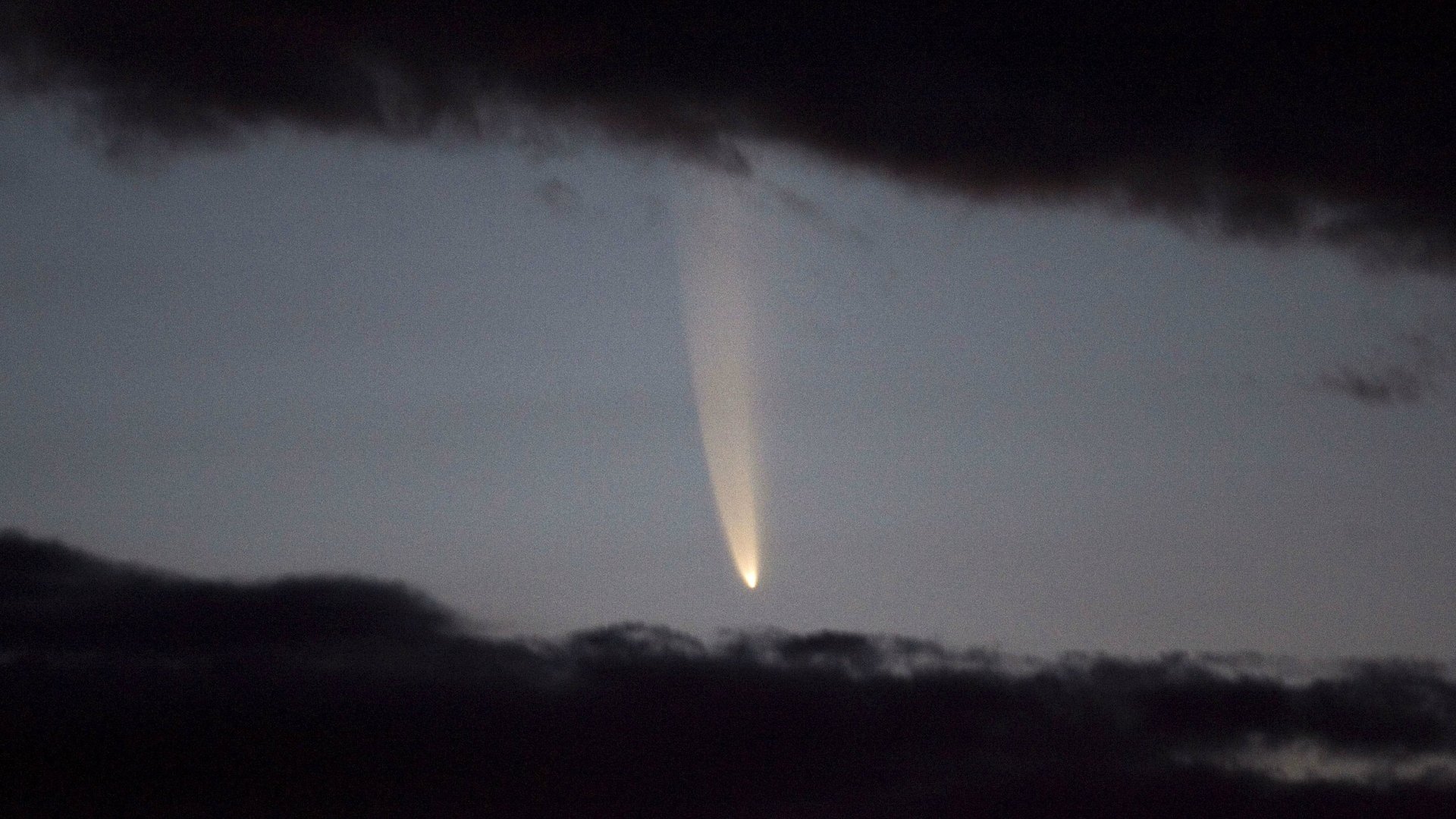Go home comet, you’re drunk: Sugar and alcohol have been found on ‘Comet Lovejoy’
If you’re looking for a new watering hole, a charming spot has been found roaming through our solar system. The aptly named “comet Lovejoy” won’t be near Earth again for another 8,000 years, but when it last came close in January, scientists discovered it contains C2H5OH and CH2OHCHO—otherwise known as alcohol and sugar.


If you’re looking for a new watering hole, a charming spot has been found roaming through our solar system. The aptly named “comet Lovejoy” won’t be near Earth again for another 8,000 years, but when it last came close in January, scientists discovered it contains C2H5OH and CH2OHCHO—otherwise known as alcohol and sugar.
The scientists, led by comet researcher Nicolas Biver from the Paris Observatory, published their findings in Science Advances on Friday (Oct. 23), detailing the 21 organic molecules found on comet Lovejoy. Sugar and alcohol were the two molecules that had not been previously recorded on a comet.
“We found that comet Lovejoy was releasing as much alcohol as in at least 500 bottles of wine every second during its peak activity,” Bider told Phys.org.
Comets are the remnants of star and planet formation billions of years ago, when our solar system first came into existence. As such, they’re clues to our history.
Though comets are nicknamed “dirty snowballs,” it turns out that they contain complex organic molecules. It’s theorized that when comets collided with Earth billions of years ago, they could have delivered these molecules to our planet.
“The result definitely promotes the idea the comets carry very complex chemistry,” said co-author Stefanie Milam, from NASA’s Goddard Space Flight Center. “During the Late Heavy Bombardment about 3.8 billion years ago, when many comets and asteroids were blasting into Earth and we were getting our first oceans, life didn’t have to start with just simple molecules like water, carbon monoxide, and nitrogen. Instead, life had something that was much more sophisticated on a molecular level.”
And because molecules are the building blocks of life, finding them on distant comets is also an encouraging sign for the prospect of life outside our planet. Cheers to comet Lovejoy.